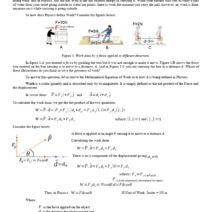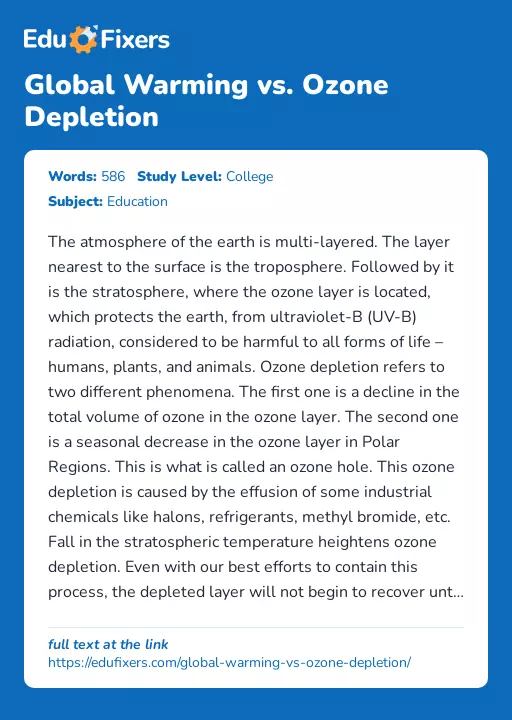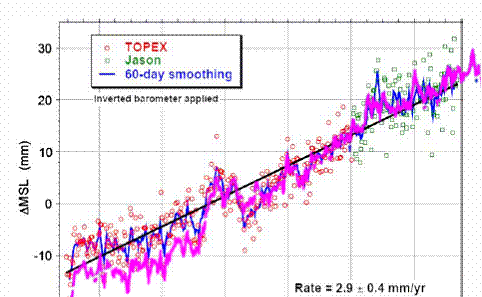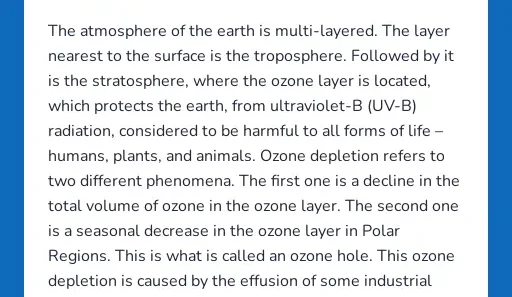Imagine diving into a vast underwater realm, surrounded by vibrant corals and an abundance of marine life; the serenity and beauty of such an ecosystem is a breath-taking spectacle. But what happens when the very oceans we cherish start to suffocate? Ocean oxygen depletion, often overlooked, is a dire manifestation of environmental degradation, exacerbated by global warming. This phenomenon, silently unfolding beneath the waves, poses a critical challenge to our oceans and the myriad life forms they cradle.
The oceans are not just a vast body of saltwater; they play a critical role in sustaining life on Earth. They produce more than 50% of the planet’s oxygen through the photosynthetic activity of phytoplankton, tiny marine microorganisms that thrive in the sunlit surface waters. However, rising global temperatures due to climate change are contributing to a troubling trend: the reduction of dissolved oxygen in ocean waters. This is not merely an ecological concern; it poses a grave risk to biodiversity, fisheries, and the overall health of marine ecosystems.
As ocean temperatures rise, the solubility of oxygen in seawater decreases. Warmer water holds less oxygen, which disrupts the delicate balance that supports marine organisms. Think about it: would you feel invigorated in warm, stale air, or would you prefer the crisp freshness of a cool breeze? Marine creatures are no different; many species rely on optimal oxygen levels to survive, grow, and reproduce. For some fish species, even a slight reduction in oxygen can be detrimental, leading to decreased growth rates, impaired reproductive success, and increased mortality. As we continue to emit greenhouse gases, this problem will only intensify.
Moreover, it is essential to consider the phenomenon known as “hypoxia,” a condition characterized by oxygen levels declining below 2 mg/L. Hypoxic zones, often referred to as “dead zones,” are multiplying in coastal areas around the globe. These regions become uninhabitable for most marine life, leading to the collapse of local fisheries and an imbalance in marine ecosystems. For instance, the Gulf of Mexico experiences one of the largest dead zones, estimated to cover over 6,000 square miles during peak seasons. Fishermen who rely on vibrant aquatic life for their livelihoods are facing dire consequences, and the ripple effects extend to communities that depend on fishing for sustenance.
Adding to this complexity, nutrient runoff from agricultural practices contributes significantly to ocean deoxygenation. Eutrophication occurs when excessive fertilizers enter waterways, leading to algal blooms that deplete oxygen as they decompose. This cycle creates a persistent loop of ecological deterioration. Ironically, while we depend on agriculture to feed the world, it is also fueling a silent environmental crisis beneath the waves. It challenges us: how do we strike a balance between food production and ocean health?
The implications of ocean oxygen depletion extend beyond immediate ecological impacts. The interconnectivity of our planet’s systems means that what occurs in the oceans inevitably affects terrestrial life. Fish populations experiencing hypoxia may lead to diminished availability of seafood, impacting global food security. Furthermore, as marine species struggle to adapt to these rapidly changing conditions, the effects could cascade through the food web, influencing predator-prey dynamics and leading to unpredictable ecological outcomes.
At this juncture, we must ponder a critical question: how can we mitigate ocean oxygen depletion while fostering sustainable practices that protect both marine life and human interests? Solutions abound, yet they often require collective action and systemic changes across various sectors. Implementing better agricultural practices, such as precision farming and the use of cover crops, can significantly reduce nutrient runoff into our waterways. Promoting the use of organic fertilizers and innovative farming techniques can help ensure that our oceans remain vibrant and full of life.
Moreover, effective policies and frameworks are required to protect vulnerable marine areas. Marine protected areas (MPAs), which prohibit or restrict certain activities, can play a pivotal role in safeguarding ecosystems, allowing them to recover from the stresses of overfishing, pollution, and climate change. Increased investment in research and monitoring is essential to understand the dynamics of oxygen depletion, and to develop targeted strategies that can counteract its effects.
In addition, climate action must remain a top priority. Reducing greenhouse gas emissions through renewable energy sources, improved energy efficiency, and sustainable transportation can mitigate climate change and help stabilize ocean temperatures. This multifaceted approach necessitates engagement from governments, industries, and individuals alike.
The challenge is formidable, yet the stakes are high. Ocean oxygen depletion is a silent killer that threatens marine ecosystems and the very fabric of human society. As stewards of the planet, it is our responsibility to awaken to the urgency of this issue and cultivate a more profound connection with our oceans. Environmental consciousness, coupled with actionable solutions, can transform our communities into active participants in healing our blue planet.
Ultimately, the question remains: are we prepared to confront the silent killer that lurks beneath the waves? By embracing a future that prioritizes ocean health, we can help safeguard the lifeblood of our planet for generations to come. The oceans breathe; let us ensure they continue to do so.








